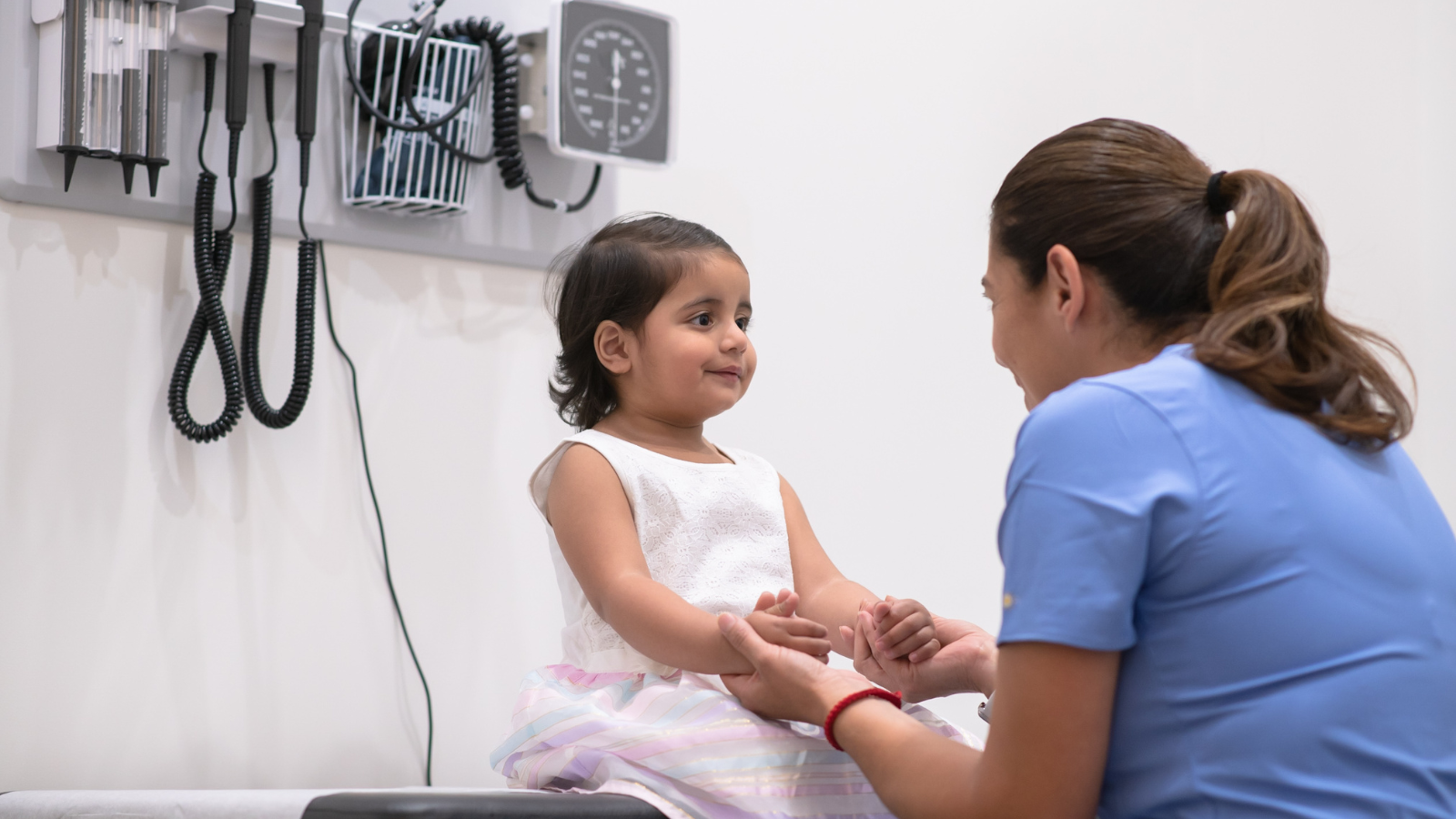The term “Neurodevelopmental disorders” (NDDs) was introduced as a category of disorder in the Diagnostic and Statistical Manual of Mental Disorders (DSM-5). It is also recognised in the International Classification of Diseases-11 (ICD-11).
NDDs are a group of conditions that start in the developmental period – birth until 18 years of age – including deficits that impair functioning. They include:
- Intellectual disability (ID);
- Communication Disorders, including Language Disorder, Speech Sound Disorder, Childhood Onset Fluency Disorder (Stuttering), and Social (Pragmatic) Communication Disorder;
- Autism Spectrum Disorder (ASD);
- Attention-Deficit/Hyperactivity Disorder (ADHD);
- Neurodevelopmental Motor Disorders, e.g. tic disorders; and
- Specific Learning Disorders (e.g. in reading, more commonly known as dyslexia).
Diagnostic boundaries between these disorders are unclear. Many children have more than one NDD, e.g. ASD + ADHD; ADHD and Language Disorder, or ASD + ID + Language Disorder.
All NDDs in DSM-5 may include the specifier “associated with a known medical or genetic condition or environmental factor”. This allows clinicians to document causative factors when known, e.g. conditions like Fragile X syndrome, Down syndrome, epilepsy, or sensorineural hearing loss.
Many NDDs are complex disorders that are caused not by single genetic variants, but by many genetic events and significant environmental factors. However, evidence continues to accumulate that some NDDs – like ID, ASD and ADHD – share specific genetic risk alleles with each other.
In recent years, there has been a general trend for researchers and clinicians to move away from classifying disorders as discrete entities, to placing them within a spectrum. The most prominent example is the single diagnostic label for ASD, which now covers all previously diagnosed subtypes.
Some researchers propose that NDDs should be graded along a single, wider spectrum – perhaps also including some psychiatric disorders like schizophrenia and bipolar disorder (see citation below). This proposal recognises that functional assessment and intervention approaches may be useful across diagnostic boundaries.
Source and further reading: Morris-Rosendahl, D.J. & Crozq, M. (2020). Neurodevelopmental disorders – the history and future of a diagnostic concept. Dialogues in Clinical Neuroscience, 22(1), 65-72. Open Access.
This article also appears in a recent issue of Banter Booster, our weekly round up of the best speech pathology ideas and practice tips for busy speech pathologists, speech pathology students, teachers and other interested readers.
Sign up to receive Banter Booster in your inbox each week:
Related articles:
- Focusing speech therapy on functional outcomes: a refresher
- Not about ‘fixing’: using the ‘F-Word Framework’ to support children with communication disorders and their families
- Developmental Language Disorder
- Lifting the lid on speech therapy: how we assess and treat children with unclear speech – and why
- Children who stutter
- What is pragmatic language? The social use of language
- Dyslexia vs Developmental Language Disorder: same or different, and what do we need to know about their relationship?
- My child has ADHD. Should I get their language checked?


Leave a Reply